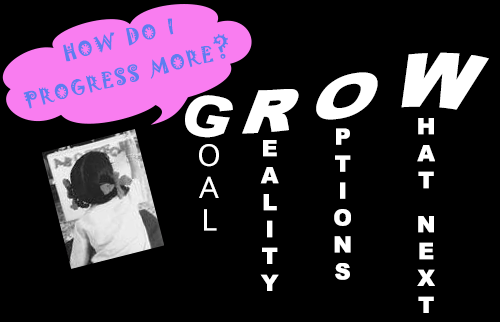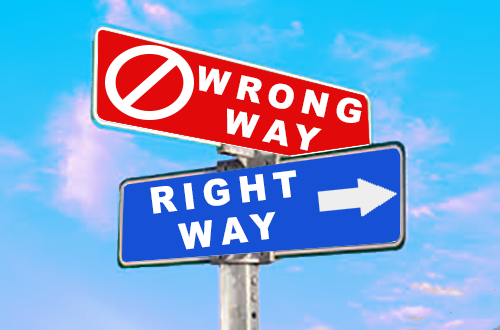Learn basic car control on your first driving lesson. The first driving lesson is the most important lesson. It will be the most important lesson to have so you will need to pay attention to every detail. Anxiety is caused by not knowing what to expect. This post has been written with you in mind so that you will become less anxious during your first driving lesson. Pass your driving test with the best preparation.
Starting to drive – getting started on your first driving lesson
Before driving on busy roads and in traffic, there are a few basic skills that need to be mastered. Skills such as moving off and stopping. You must have full control of your vehicle at all times. This involves

- a good working knowledge of the various controls
- being able to coordinate hand and foot controls together
In addition, you need to have
- an understanding of the rules of the road
- respect for the needs of other road users
- a basic knowledge of your vehicle, to enable you to check it to make sure that everything is working correctly and that it’s safe before driving off.
Driving isn’t just a matter of starting the engine and moving off.
Cockpit drill
Before starting to drive off safely you should make sure that certain checks are carried out. This is for your own safety and the safety of others, your passengers and other road users. This safety check should be carried out any time you are about to start your drive again after a break.
- all doors are properly shut and the handbrake is on
- the driving seat is in the best position, so that you can see easily in all directions.
- the head restraint should be set such that it protects your head from moving backwards when braking.
- the mirrors should be clean and adjusted such that maximum vision is achieved to the rear of the car.
- the seat belts of everyone in the car should be on.
- the gear lever should be in neutral (if you are in an automatic, the gear lever is in ‘P’ or ‘N’) and re-check your handbrake again.
- there should be sufficient fuel for your journey.
An unfamiliar vehicle

Before you start to drive you need to make sure you know and understand the vehicle’s
- controls; where they are and how they work
- brakes, whether ABS brakes are fitted
- where reverse gear is located as this differs from one car to another.
First driving lesson Car controls explained
If you are not sure which pedal controls which device please read more here.
Anti-lock braking system
If your vehicle is fitted with ABS brakes, the system activates automatically under conditions of harsh braking.
ABS Employs wheel-speed sensors to anticipate when a wheel is about to lock under extreme braking. Just before the wheels begin to lock, the system releases the brakes momentarily before automatically reapplying them. This cycle is repeated several times a second to maximise braking performance, sending a pulsing sensation through the brake pedal. You may find this a little disconcerting the first time it occurs, and you may be tempted to respond by relaxing the pressure on the brake pedal. However, it’s important that maximum pressure is maintained.
ABS doesn’t necessarily reduce your stopping distance but because the wheels are prevented from locking you can continue to steer, something you would not be able to do if the wheels were locked. Reducing the pressure or pumping the brake pedal reduces the effectiveness of the system. The pressure on the brake pedal must be maintained until the hazard has been safely avoided.
Knowing ABS will help you stop safely shouldn’t encourage you to drive less carefully. ABS can’t overcome the laws of nature. It is still possible for one or more of the tyres to skid because of
- poor road contact
- surface water
- loose road surface.
ABS will enhance your skills, NOT replace them. Check your vehicle handbook for the correct use of ABS on your particular vehicle. Read more on brake safety
Starting to drive – moving off first driving lesson
With your left foot, press the clutch pedal fully down to the floor and keep it there. Read more POSM procedures.
- Move the gear lever into first gear. With your right foot, press the accelerator slightly and hold it steady until you hear a light engine sound.
- Slowly and smoothly, start to bring the clutch pedal up until you hear the engine noise change slightly. Be careful not to move your right foot at this stage as that would cause the engine noise to change. You would then get a false reading from the clutch movement. Just by moving the clutch pedal only you will get a different noise level from the engine. When you do this is called the biting point. With practise you will begin to feel the bite.
- Hold the clutch pedal steady at this point
- Now you will need to make a few safety checks. Look all around your car which will be all mirrors, forward and blind spot. You are looking to see if it is safe to move off.
- Decide if a signal is necessary
- If it’s safe to move off release the handbrake
- If the car moves forward at this point, keep your left foot still until the car moves smoothly away.
- Once you are starting to drive smoothly the clutch pedal can be released slowly.
Braking on your first driving lesson
Safe and controlled braking is vital in good driving. You should slow down gradually and smoothly. Learner drivers when moving the car and stopping for the first time, tend to be heavy-footed. They accelerate heavy and brake sharp. Any learner who has previously ridden a bicycle could use that experience when moving a car. That is imagine you are applying the brakes on your bike, by squeezing the brake lever. Apply that action to the brake pedal on the car. The art of good braking should be to stop smoothly. This is achieved by gently releasing some of the brake pressure at the point of stopping. Rather than applying more pressure.
Anticipation
If you anticipate properly, you’ll seldom need to brake sharply.
Good anticipation will give you time to brake progressively over a longer distance. This technique is also a lot safer than braking too late as your brake lights will be on over a longer period. This will give the driver following you more time to react, and hopefully avoid a ‘rear end shunt’.
